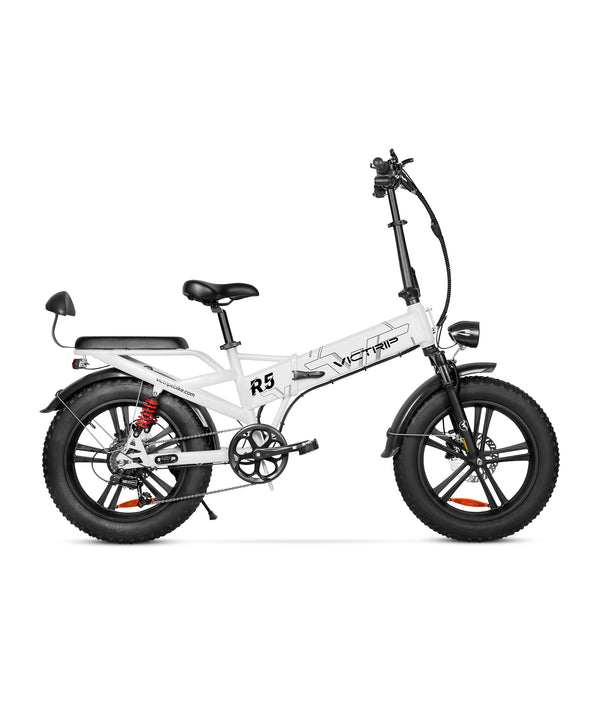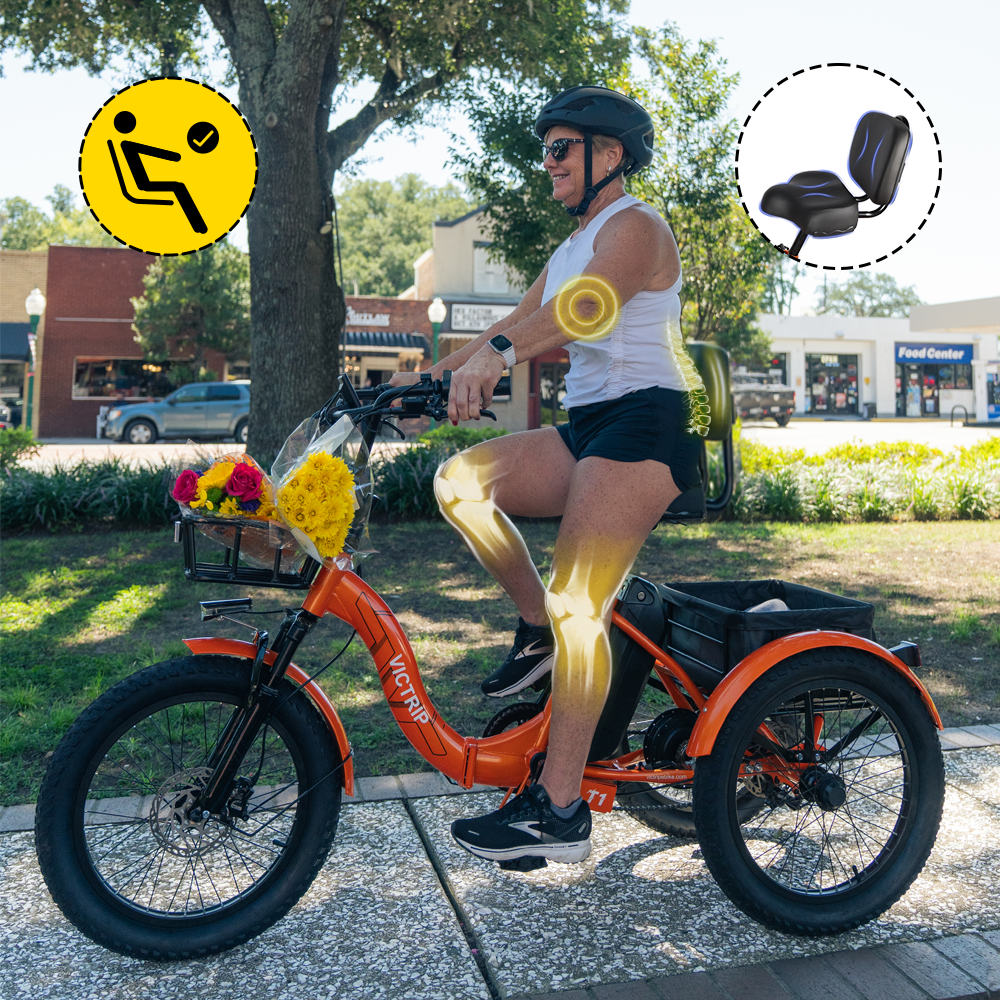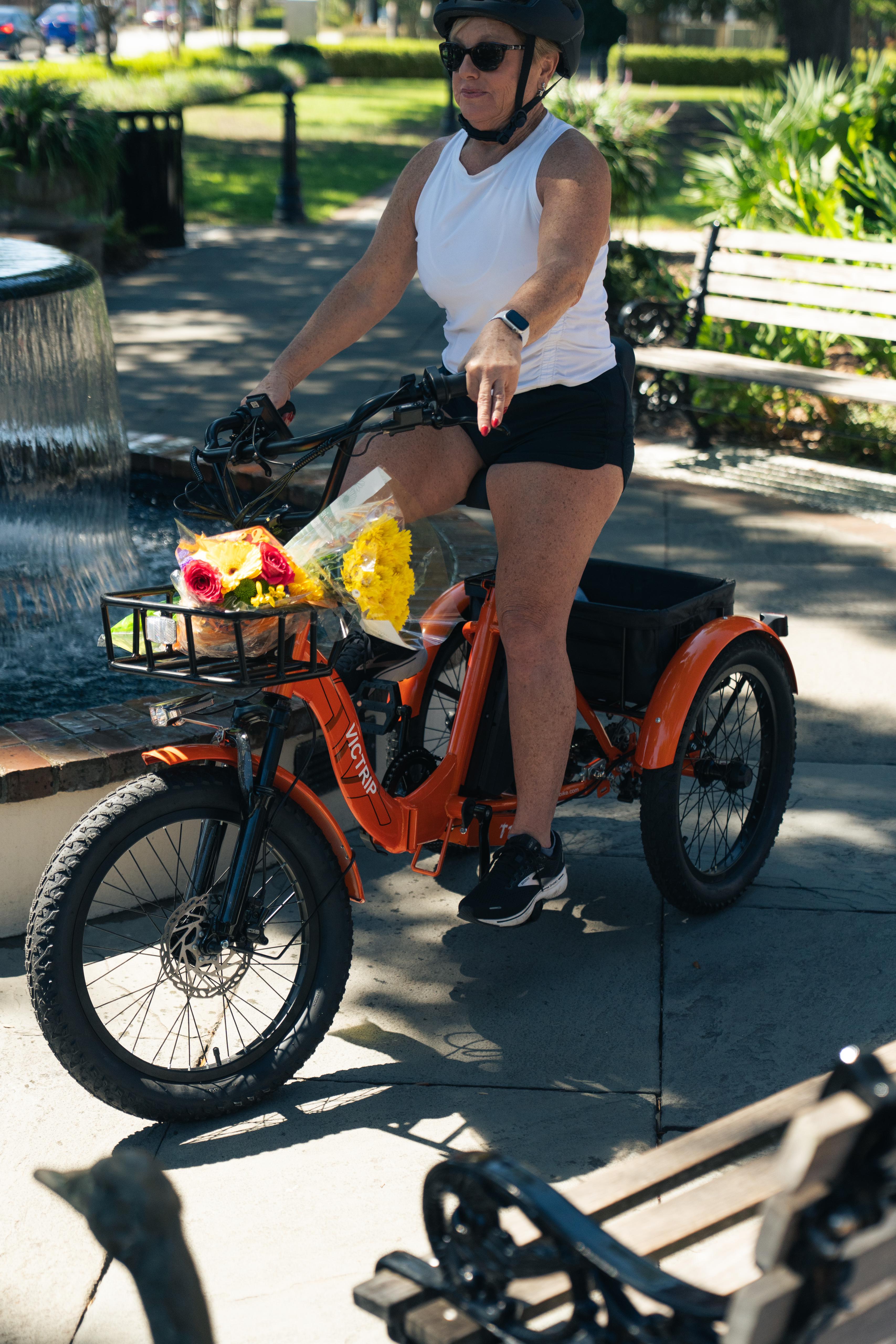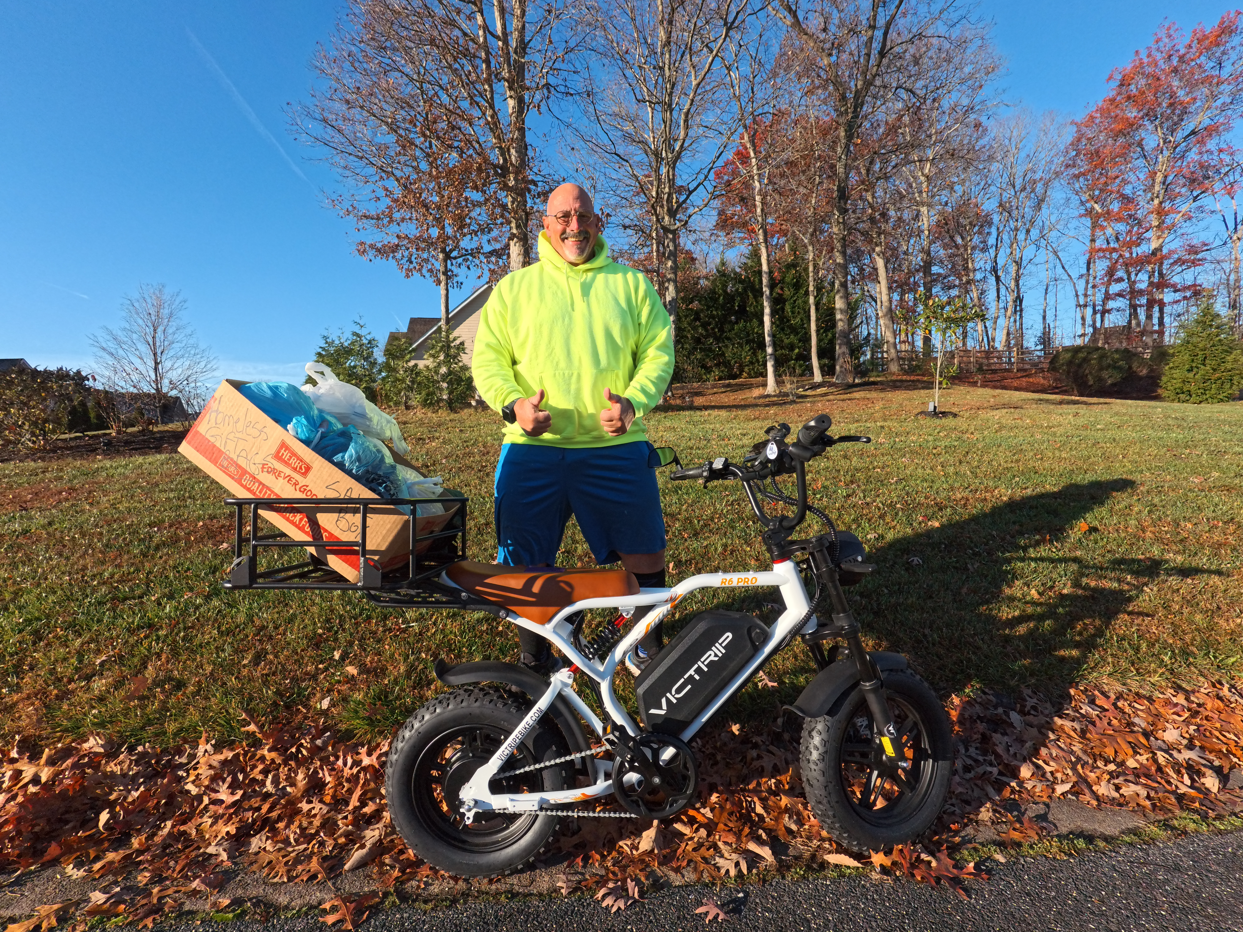Electric bicycles have dramatically reoriented the blueprint of city-bound transit. Amid swelling urban entanglements and an escalating yearning for greener, wallet-wise conveyance, two titans emerge: the foldable eBike and its full-sized counterpart. But deciphering which steed aligns with your rhythm—be it for the daily grind or spontaneous excursions—demands more than a passing glance.

To distinguish their essences, one must peel back their defining layers. This exposé dissects over fifteen pivotal dimensions—ranging from collapsibility and torque delivery to rider solace and financial gravity—between foldable electric bikes and traditional electric steeds. Such scrutiny offers the discerning traveler the acumen to select not just a ride, but a companion molded to the cadence of their life.
Demystifying the Foldable Electric Bike: An Ingenious Urban Companion
In a landscape where metropolitan sprawl demands nimble navigation and clever storage solutions, foldable electric bikes surface as a hybrid marvel—melding propulsion by battery with the architecture of collapsibility. A foldable eBike, as its moniker subtly reveals, is an electrically powered two-wheeler engineered to contort into a fraction of its full stance. Tailor-made for denizens of dense cityscapes, these agile constructs are a sanctuary for those entangled in the matrix of cramped apartments, multi-modal commuting, or micro-living.
Distinguishing Attributes of Foldable Electric Bicycles
Articulated Chassis:
Crafted with mechanical hinges and precision snap-locks, the frame elegantly folds upon itself like origami in motion—morphing from mobility to stowability in mere heartbeats.
Space-Savvy Silhouette:
When collapsed, the bike's form recedes into a shadow of its full grandeur, effortlessly slipping beneath office desks, into automobile trunks, or within tight nooks of vertical dwellings.
Featherweight Composition:
These steeds often boast a skeletal frame hewn from aluminum alloy or carbon fiber, materials celebrated for their ratio of durability to mass. The result? A steed as sturdy as it is svelte.
Extractable Power Cells:
Rechargeable lithium-ion batteries can be decoupled from the chassis, granting riders the liberty to energize their machines without wrestling the entire construct into a charging nook.
Dual-Mode Propulsion:
Depending on the rider’s whim or the urban incline, these bikes offer either thumb-throttle acceleration or pedal-assist engagement. Models such as the VICTRIP Titan S exemplify this versatility, ensuring a smooth glide through metropolitan arteries.
These foldable eBikes, far more than mere mechanical conveyances, have become kinetic sculptures of utility, form, and futurism. Their blend of intelligent engineering and cosmopolitan function renders them not just bicycles—but instruments of daily liberation.
TOP PICK

VICTRIP®TITAN S Foldable Ebike
What Is a Regular Electric Bike?
A regular eBike resembles a traditional bicycle but with an integrated motor and battery. Unlike foldables, these bikes are built for stability, range, and durability over long distances or varied terrain.
Main Characteristics of Regular eBikes
-
Non-Folding Frame: Offers better rigidity and strength
-
Bigger Wheels (26" to 29") for smoother rides
-
Higher Battery Capacity: Supports long-range travel
-
Multiple Gearing Options: For hilly or mixed terrains
-
Wider variety of models, including cruisers, commuters, mountain bikes, and hybrids
Typical Rider Profiles
-
Daily commuters with bike racks or garages
-
Adventure or weekend riders
-
Fitness-focused users
-
Long-distance riders
Performance Comparison: Speed, Power, and Range
Performance is crucial, especially when comparing foldable electric bikes vs regular eBikes. While both categories offer excellent riding support, specs often differ dramatically.
Motor Differences
| Feature | Foldable eBike | Regular eBike |
|---|---|---|
| Typical Motor Size | 250W–500W | 500W–1000W+ |
| Torque | Moderate | Higher for hills |
| Top Speed | 15–20 mph | 20–28+ mph |
Regular eBikes have more powerful motors, making them better for hilly terrains or heavier riders.
Battery Life and Efficiency
Foldable eBikes generally have smaller batteries (36V–48V, 7.5Ah–10Ah), which provide 30–50 miles per charge. Regular eBikes can house larger packs (up to 20Ah) and reach 60–100 miles per charge.
Portability and Storage
This is where foldable eBikes shine.
Folding Mechanisms Explained
Common folding mechanisms include:
-
Mid-frame hinge: Most common and efficient
-
Stem fold: Folds handlebars down
-
Pedal fold: Reduces width for ultra-compact storage
Foldables like the VICTRIP R5 can be folded in under 10 seconds.
TOP PICK

VICTRIP®R5 Folding Electric Bike
Storage Space Requirements
-
Foldable eBike: Fits in closets, car trunks, or under desks
-
Regular eBike: Requires garage, shed, or bike rack
Weight and Frame Design
Materials Used in Both Types
-
Aluminum alloy: Lightweight and corrosion-resistant
-
Carbon fiber: Premium option, especially in foldables
-
Steel: Durable but heavier, mostly found in regular eBikes
How Weight Affects Ride Quality
-
Foldables: 35–50 lbs
-
Regulars: 45–75+ lbs
Heavier bikes provide stability, but lighter foldables are easier to carry or lift into public transport.
Comfort and Riding Posture
Foldable eBikes tend to have more upright seating for short-distance comfort, while regular eBikes can be adjusted for aerodynamic or ergonomic positions suited for long rides.
Suspension also varies—foldables often include basic front suspension or none at all, while regular eBikes may feature full suspension setups for off-roading.
Read More: Step Through Vs Step Over eBikes: Which Is Right for You?
Terrain Adaptability and Suspension
-
Foldable eBikes: Best for city roads, pavements, and light gravel
-
Regular eBikes: Handle trails, slopes, and bumpy roads much better
If you plan on riding beyond the city, a regular eBike like a fat tire or hybrid model is ideal.
Commuting and Urban Use
Foldables are perfect for multi-modal commutes—bike to train to office—while regular eBikes serve best when you're riding from point A to B directly without needing to fold or lift the bike.
When it comes to urban convenience, both VICTRIP models shine:
-
TITAN S: Great for riders who want power + portability.
-
R5S: Ideal for quick hops around the city, especially where stairs, elevators, or small storage areas are involved.
Long-Distance Travel and Touring
Long-distance eBike touring requires:
-
Bigger battery
-
High-capacity pannier racks
-
Suspension for bumpy roads
Regular eBikes win here due to comfort, range, and durability.
Price Comparison: Initial Cost vs Long-Term Value
| Type | Price Range | Pros | Cons |
|---|---|---|---|
| Foldable eBike | $500–$1,500 | Portable, cheaper | Limited range and power |
| Regular eBike | $1,200–$4,000+ | High performance | Bulky and expensive |
Foldables offer value for urban users, while regular eBikes pay off for long-term riders.
Maintenance and Durability
-
Foldables: Hinges may wear over time, more moving parts
-
Regulars: Fewer folding parts, more durable frames
Maintenance depends on usage frequency, environment, and build quality.
Environmental Impact and Sustainability
Both types are eco-friendly alternatives to cars and motorcycles. However:
-
Foldables encourage transit integration
-
Regular eBikes reduce dependency on fossil fuel over long distances
Safety Features and Considerations
Look for:
-
Integrated LED lights
-
Reflective decals
-
Hydraulic or disc brakes
-
Speed limiters
Foldables may lack some high-end safety features, while regular eBikes often come fully equipped.
Style and Aesthetics
Foldables have a techy, urban look, while regular eBikes mimic the classic or mountain bike style. Choose based on personality and environment.
Conclusion: Which One Fits You Best?
Choosing between a foldable electric bike vs regular eBike comes down to how, where, and why you ride.
-
If you’re a city commuter with tight storage and mixed transport, go foldable.
-
If you prioritize range, comfort, and off-road capability, go regular.
Both are excellent eco-friendly alternatives. Just match the bike to your needs and you’ll enjoy smoother, smarter rides ahead.
FAQs
When are foldable eBikes most useful?
Perfect for city life—short commutes, last-mile rides, and public transit. Great for apartment dwellers, students, or anyone with tight storage space.
How does battery range compare?
Foldables run 30–50 miles (smaller 36V–48V, 7.5–10Ah batteries). Regular eBikes can go 60–100 miles with bigger batteries (up to 20Ah).
Which is better for hills?
Regular eBikes. They pack more power (500W–1000W+) and torque. Foldables (250W–500W) are best on flat roads.
Are foldables more expensive?
No. Foldables cost around $500–$1,500. Regular eBikes are usually $1,200–$4,000+. Price depends on brand, build, and specs.




Share:
Step Through Vs Step Over eBikes: Which Is Right for You?
Foldable Electric Bike Laws and Regulations by State (USA)